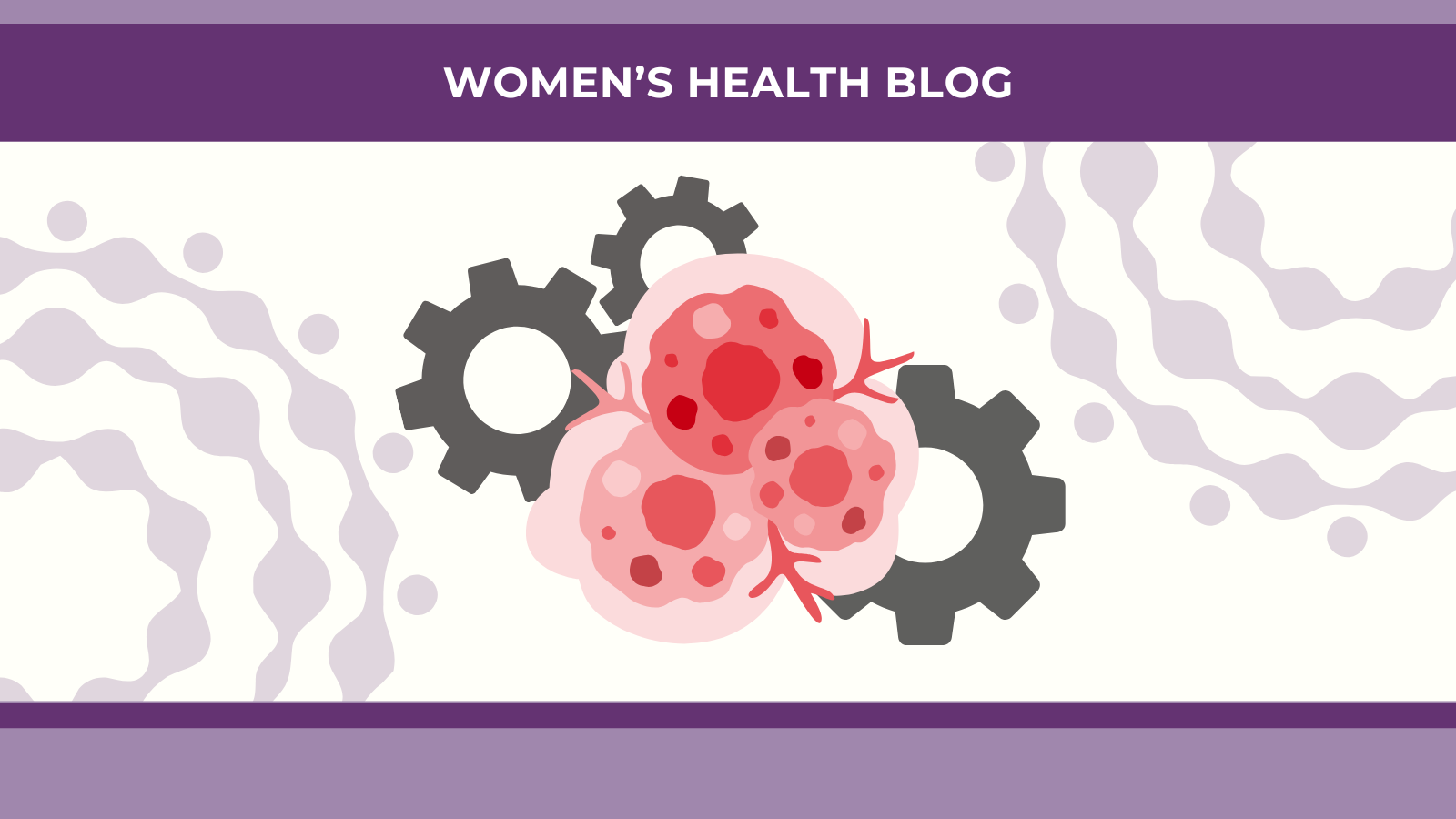Removing the Oil from the Cancer Engine

Author: Chloe White, University of British Columbia, Faculty of Pharmaceutical Sciences | Editors: Romina Garcia de leon and Janielle Richards (Blog Co-coordinators) | Reviewer: Ahmad Mohammad
Published: November 14th, 2025
Breast cancer is the most diagnosed cancer, and second leading cause of cancer related death for women in Canada. There are several different subtypes of breast cancer, including hormone-receptor positive (HR+), human-epidermal growth factor 2 enriched (HER2+), and triple negative breast cancer (TNBC). HR+ and HER2+ breast cancers have the advantage of possessing receptors (drug targets) on or within the cancer cells that can be treated with hormone therapy, and HER2+ targeted antibodies respectively. TNBC accounts for about 10-20% of all breast cancer diagnoses, and lacks any receptors, making it an especially difficult disease to treat. As a result, TNBC patients are typically treated with an arsenal of aggressive chemotherapy drugs. It is well known that chemotherapy comes with an onslaught of harmful side effects, and unfortunately, the rates of drug resistance and disease relapse are still quite high for TNBC patients. TNBC represents the most fatal form of breast cancer with the fewest available effective treatment options.
There is a major need to find safe and effective treatment options for TNBC patients. Over the last several decades, many different strategies have been explored to achieve this goal with little clinical success. One possible tactic is to utilize enzyme metabolism as both an indicator and target for treating this aggressive cancer. There is a metabolic pathway called the polyamine pathway that may provide a useful treatment target. Polyamines are small, positively charged molecules that are required for a variety of biological reactions including cell growth and replication. These molecules can be thought of like the oil in an engine. Although they do not directly fuel tumours like sugars and proteins, they are a necessary component for the reactions that allow the cancer engine to run smoothly and efficiently, spreading throughout the body.
Cancer cells replicate rapidly compared to healthy cells and require a larger and more robust engine. Polyamines, a possible oil to this engine, are needed in increased quantities to support tumour growth. It is possible that targeting this pathway and reducing the levels of this “oil” could inhibit tumour progression, and ultimately cause the breakdown of the cancer engine. We can reduce levels of the “oil” through an enzyme called SAT1 which effectively inactivates polyamines and leads to their removal from the cell. Polyamine analogs (drugs that are structurally but not functionally similar to polyamines) can increase the activity of SAT1 and in turn, reduce the level of polyamines,thus inhibiting tumour growth and disease progression.
We can also use this pathway as a biomarker, or indicator of treatment effectiveness. The product of SAT1 breakdown, diacetylspermine, can be measured and quantified in urine, providing a safe and noninvasive biomarker. If the treatment is working, the activity of SAT1 will increase, resulting in elevated levels of diacetylspermine in the urine. This is an exciting method that could also serve as an early indicator of drug resistance, if any is present.
TNBC is the deadliest form of breast cancer with few effective treatment options available. Using polyamine analogs to deplete the “oil” in the cancer engine is one possible tactic that could help to improve the treatment landscape for TNBC patients.


